
Do you question the nature of your reality? Do you ever feel like the life your living isn't really your own? Do you really feel free enough to find your own purpose? These, of course, are just a few of the central questions asked in The Matrix and its two sequels.
This 1999 operatic action and science fiction film has gone down as one of the greatest films of its genre, and of all time. This singular film revolutionized Hollywood in more way than one. Not only did it make Keanu Reeves, Carrie-Anne Moss, and Lawrence Fishburne household names, but it set a standard for blockbusters everywhere. It reminded studios that smart, sophisticated, original-concept action pictures could be made and they could make a ludicrous amount of money. The movie was also one of the first blockbusters to feature a female-led opening action sequence. It also led to an incredible number of philosophical debates still taking place today. For all these reasons and more, fans and movie-fanatics alike are fascinated with how the film was created in the first place.
This list will delve into some of the behind-the-scenes details of the making of this near-perfect first film. More information has been released on the behind-the-scenes of The Matrix Reloaded and The Matrix Revolutions than of the Wachowskis' original masterpiece. This means that even the most dedicated Matrix fans may be quite surprised by some of the strange filmmaking antics that went on to bring this masterpiece to life.
Without further ado, here are 20 Crazy Details Behind The Making Of The Matrix.
20 "Bullet Time" Was Created For The Matrix
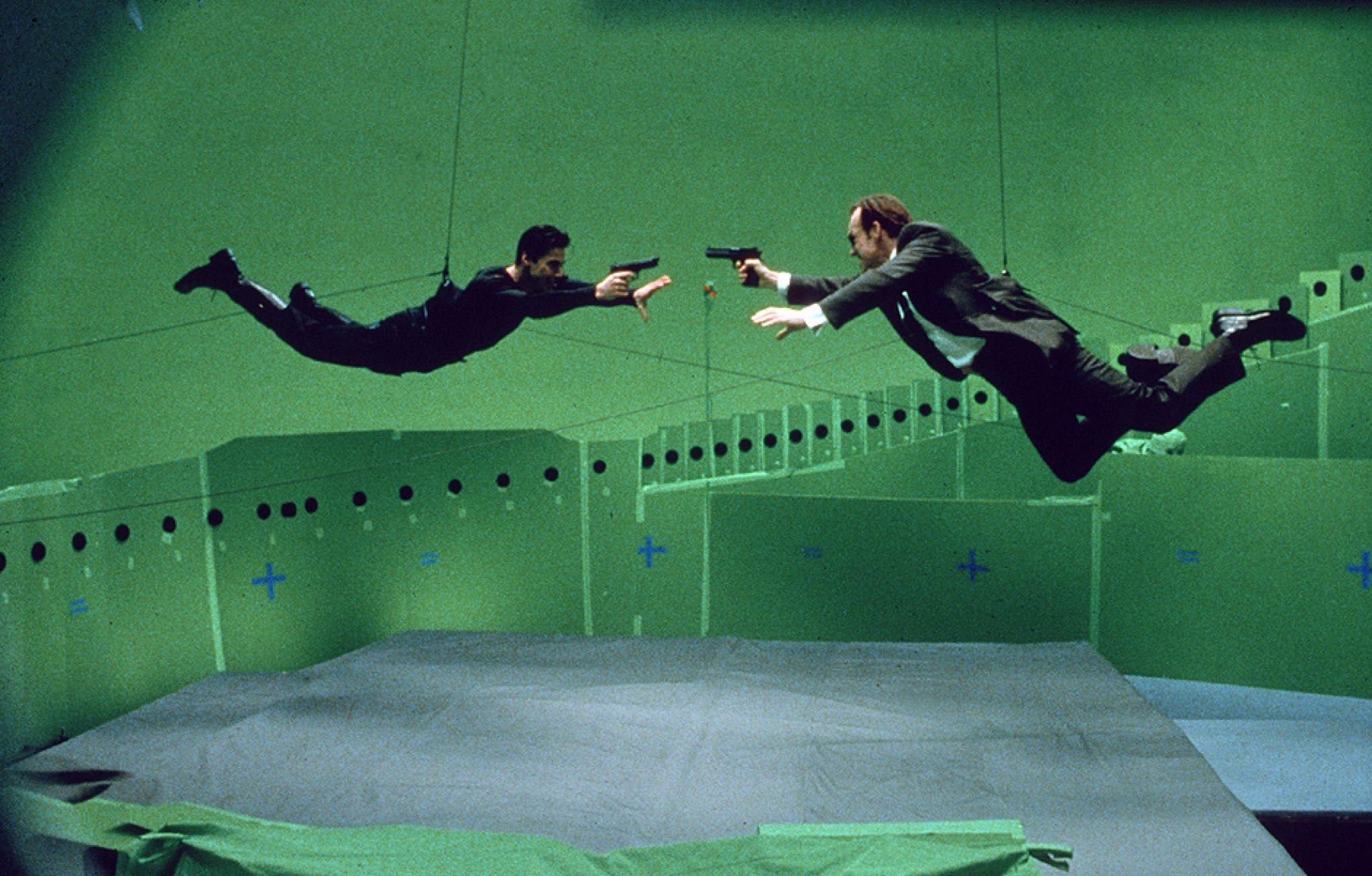
The Wachowskis were fans of Japanese anime which undoubtedly influenced the creation of "Bullet Time", a filmmaking style created for The Matrix. "Bullet Time" was a way for the filmmakers to show that the characters were in a constructed reality but slowing things down and giving the audience a way of seeing 360 degrees of the action. Most famously, it was used for when Neo dodges the bullets on the rooftop, but it was also used in a number of other scenes, included when he comes face-to-face with Agent Smith in the subway.
To pull this slow-motion 360 spin-off, they started with a simulation. Then they positioned 120 cameras and 2 film cameras to capture the actors from all angles in front of a green screen. The cameras would then be triggered to mimic to capture the movement of the simulation.
19 The Unknown City Is Sydney, Australia
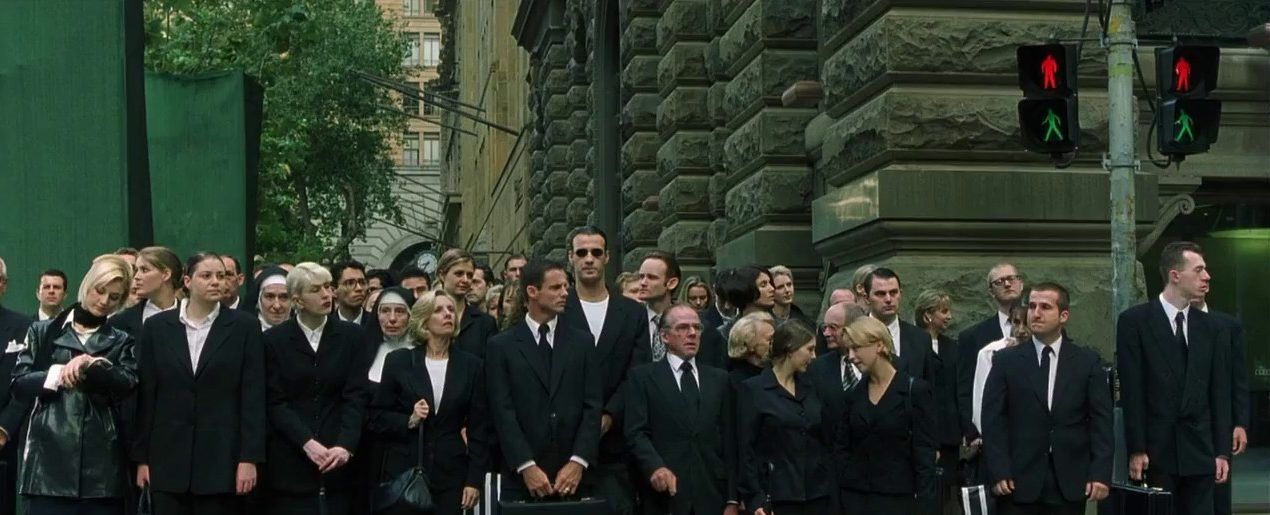
Although a large chunk of The Matrix takes place aboard the Nebuchadnezzar and in the highly unappealing real world, the rest occurs within an unnamed city. Not only does Morpheus take Neo into simulations that mimic the world as we know it, but the city where they go to find the Oracle seems familiar as well. However, it's never mentioned what city or country this actually is. That's kind of the point; the Wachowskis wanted us to think it could be anywhere. However, in reality, the city seen in the film was actually Sydney, Australia.
The cast spent five months shooting on locations there.
Most of the film was photographed on constructed sets in warehouses. The rest was out on the streets of downtown Sydney.
18 The Matrix Code Was A Japanese Recipe
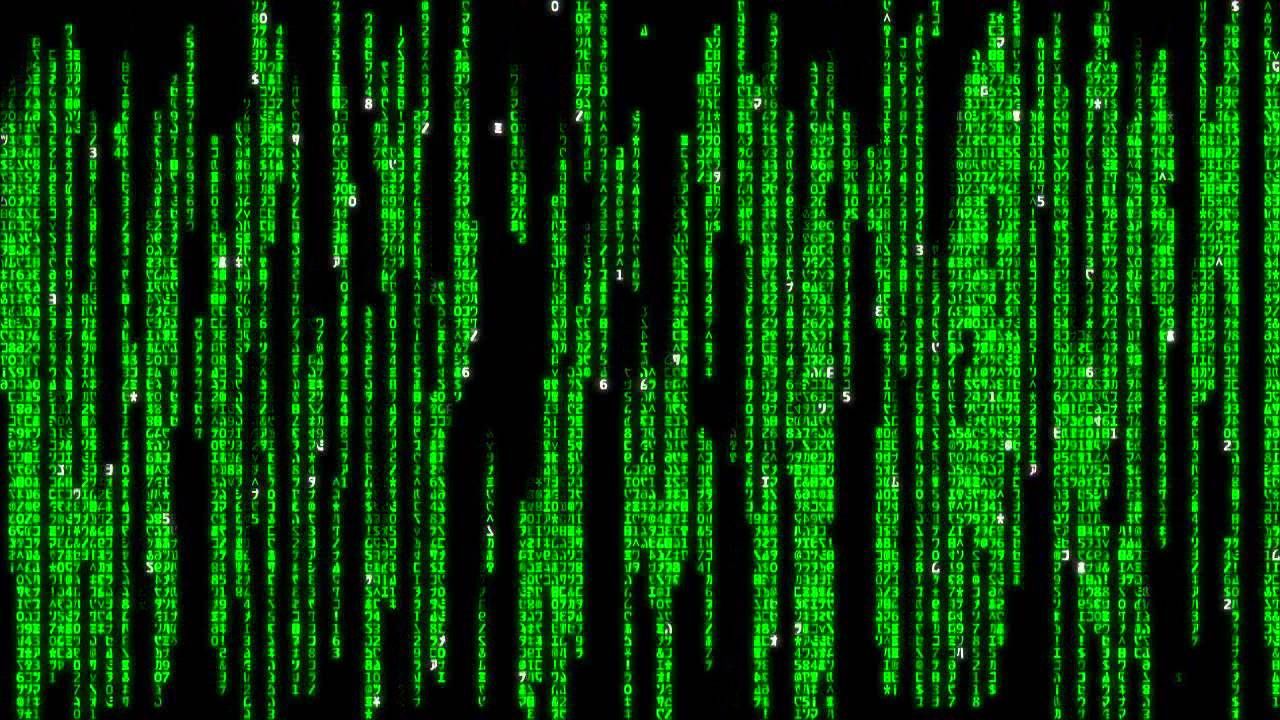
As the film opens, we are treated to raining strands of green code that ended up being a signature of sorts for the franchise. These strands of code were designed by Simon Whiteley, who also did the opening credit sequence for Babe as well as was a production designer for Legends of the Guardians: The Owls of Ga'Hoole and The Lego Ninjago Movie.
In 2017, when rumors started to circulate about Warner Bros. possibly doing another Matrix sequel, spin-off, or prequel, Whiteley finally admitted what the codes actually meant. Although people have taken guesses at it, none of them knew that it was actually a bunch of his wife's Japanese recipes. He claimed that without these sushi and noodle recipes, there would be no Matrix.
17 Carrie-Anne Hid An Injury
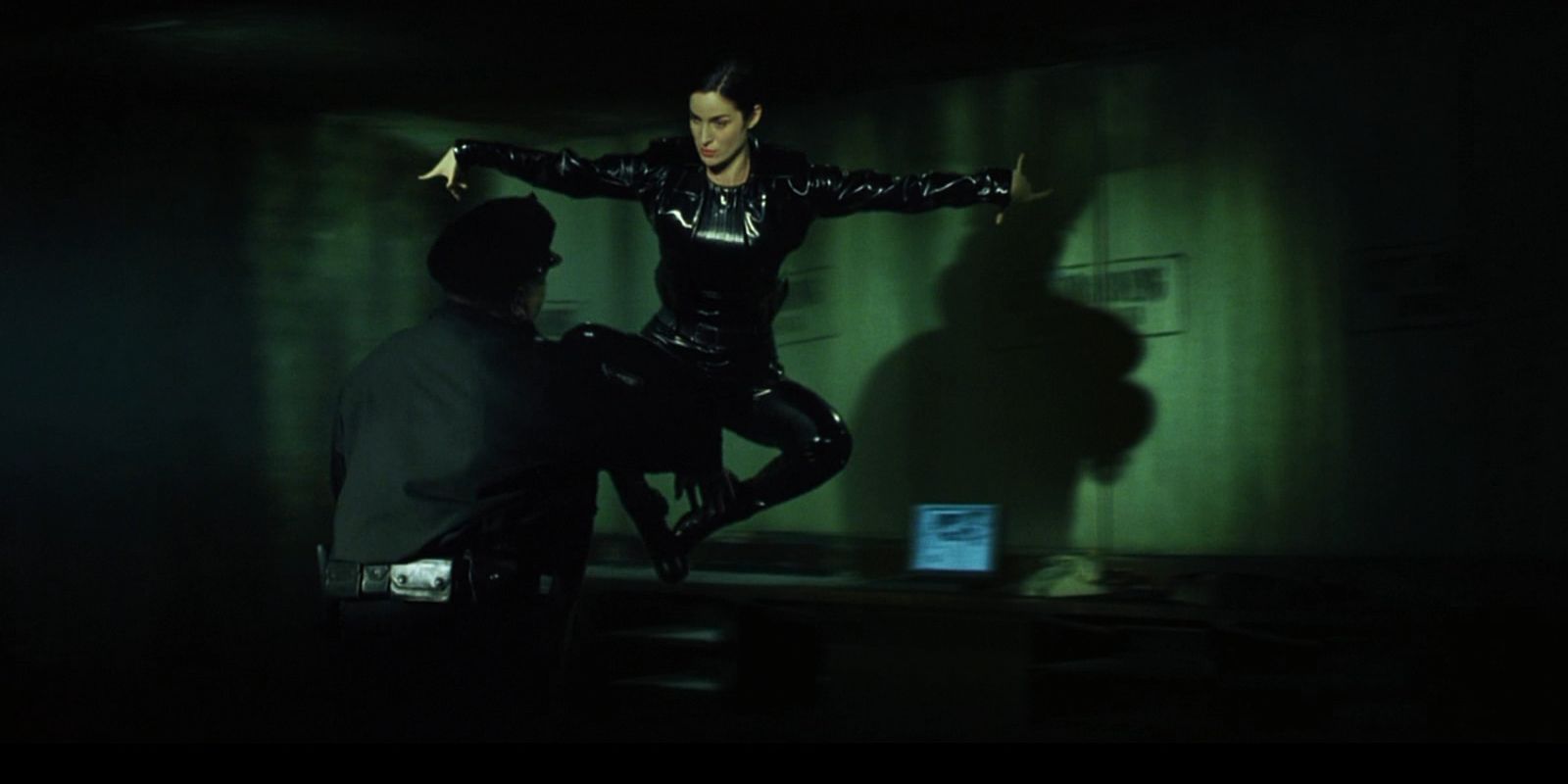
Without a doubt, Carrie-Anne Moss' Trinity is one of the best action heroes to date. There are two main reasons for this. Firstly, Moss portrayed Trinity with an equal amount of grace and sensitivity to balance out her full-throttle brutality. The other reason is that Moss did most of her own stunt, so it was easier to believe the character. Like the other three lead actors, Moss took part in extensive training with Wo Ping to master the sheer amount of fight-training, weapons training, and stunt work required for the film.
While she was doing the preliminary shooting for the film, Moss severely injured her ankle.
In order not to be recast, Moss hid her injury until well after the shooting of the film had wrapped and her ankle had healed.
16 Will Smith was the first choice for Neo
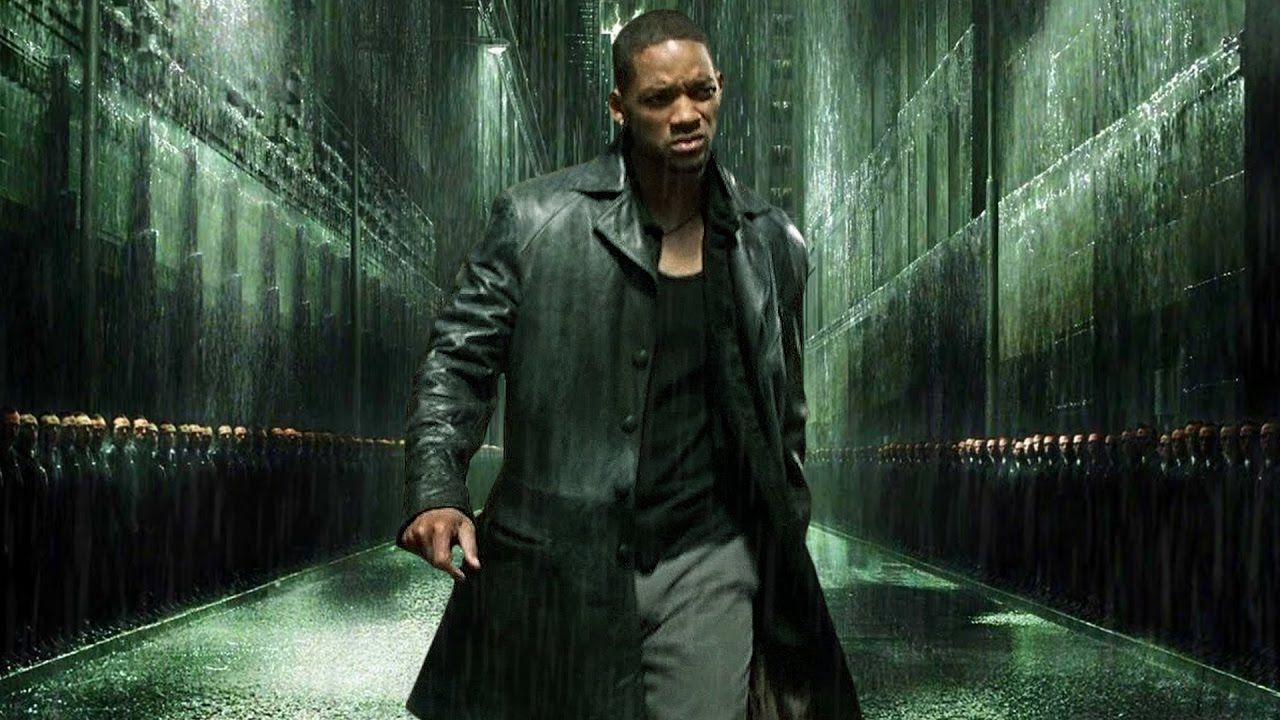
Every actor makes poor career choices now and again. Not every movie will be a hit, and not every hit will be a quality film. Half of the battle is picking the right project. Unfortunately for legendary actor, Will Smith, not choosing The Matrix was one of the biggest mistakes of his career.
That's right, Will Smith was offered the leading role of Neo. He was a force to be reckoned with in the 1990s. However, Smith didn't show enthusiasm for the script and opted to shoot Wild, Wild West instead; a film that got panned by critics as well as flopped at the box-office. Although Smith would have been great in The Matrix, it now seems impossible to imagine anyone other than Keanu Reeves playing Neo.
15 Keanu Was Hired In A Parking Lot
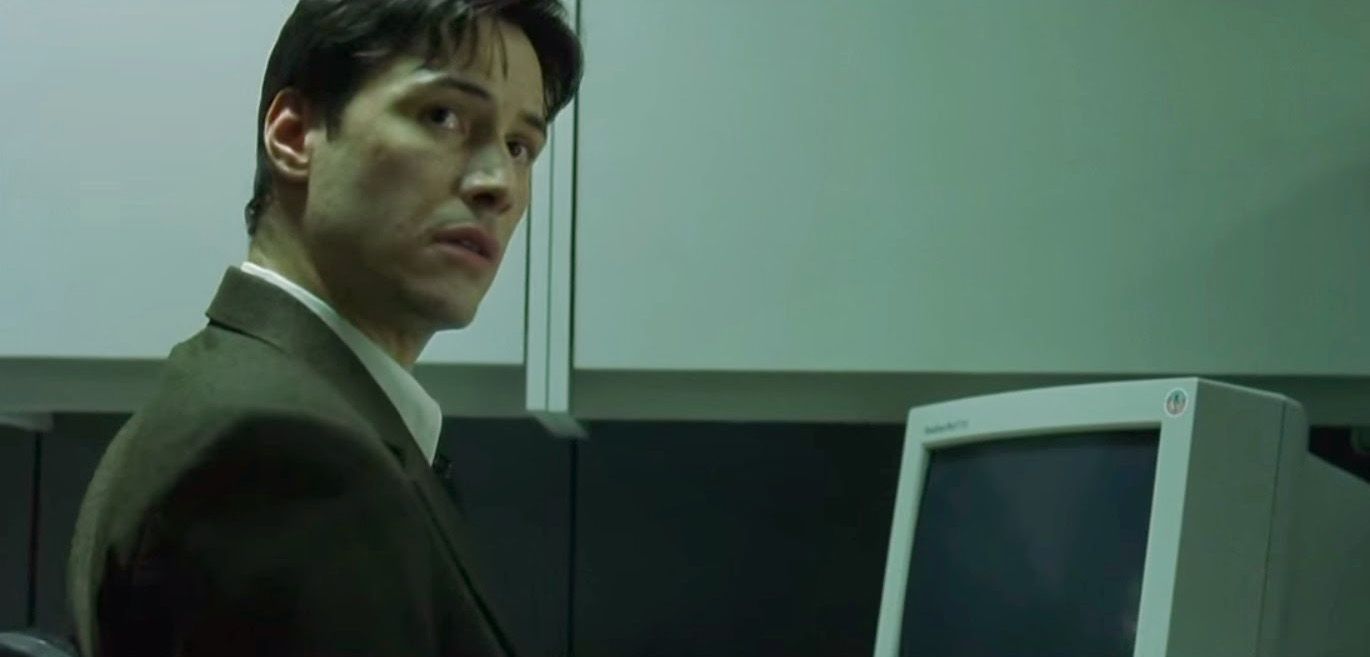
After Will Smith passed on the role of Neo, the Wachowskis were in need of a replacement. According to Keanu Reeves, they decided to reach out to his agent and requested a meeting. After agreeing, the filmmakers sent the script to him, which he was floored by. At the meeting, the Wachowskis showed Keanu some of the artwork that they had done for the comic-book, as well as an early simulation of what "bullet time" was going to look like. They ended up hanging out in the parking lot outside of the offices where Keanu met them.
While there, the Wachowskis decided to hire him on the spot.
They simply shook his hand and told him that they needed him to train for 4 months prior to shooting.
14 Lawrence And Hugo Had Troubles Shooting The Bathroom Fight
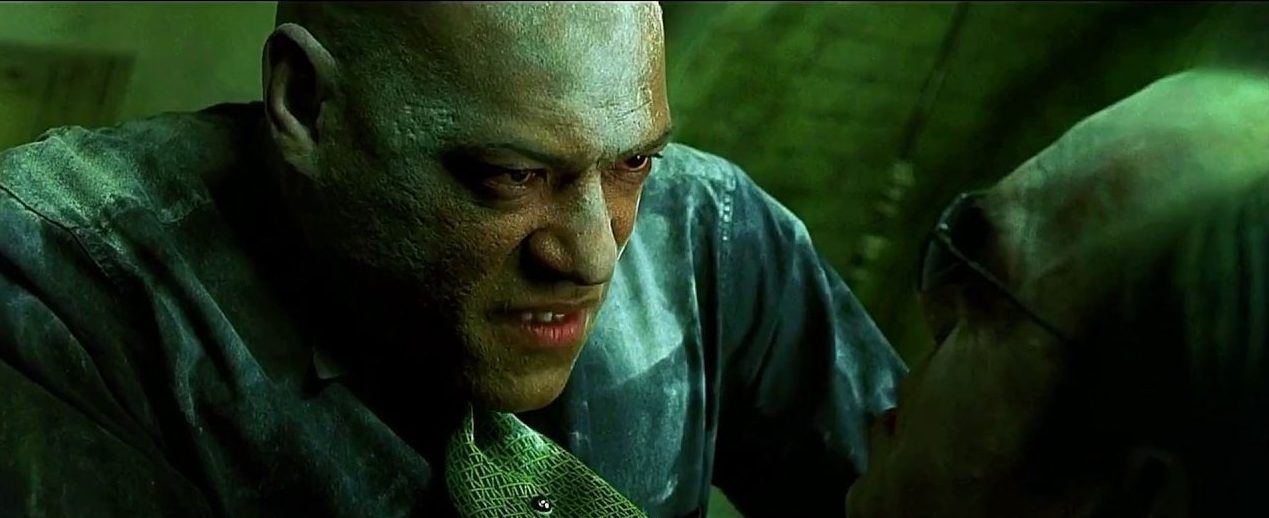
There are many hand-to-hand combat sequences in The Matrix, but the one in the bathroom is easily the most claustrophobic. The space in which Lawrence Fishburne's Morpheus and Hugo Weaving's Agent Smith fought in was contained, to say the least. This was one of the main reasons why Fishburne and Weaving had such a difficult time shooting it.
The set was constructed so that the actors could shatter walls that would spray them with dust. Fishburne has allergies so he was sneezing uncontrollably as he was trying to remember the moves so he wouldn't get injured or injure his castmate. However, they did hit each other far too hard. In particular, when Lawrence was blocking a punch from Weaving with his fist, he hit it too hard. Weaving's fist cracked on impact.
13 The Woman In Red Caused A Car Accident
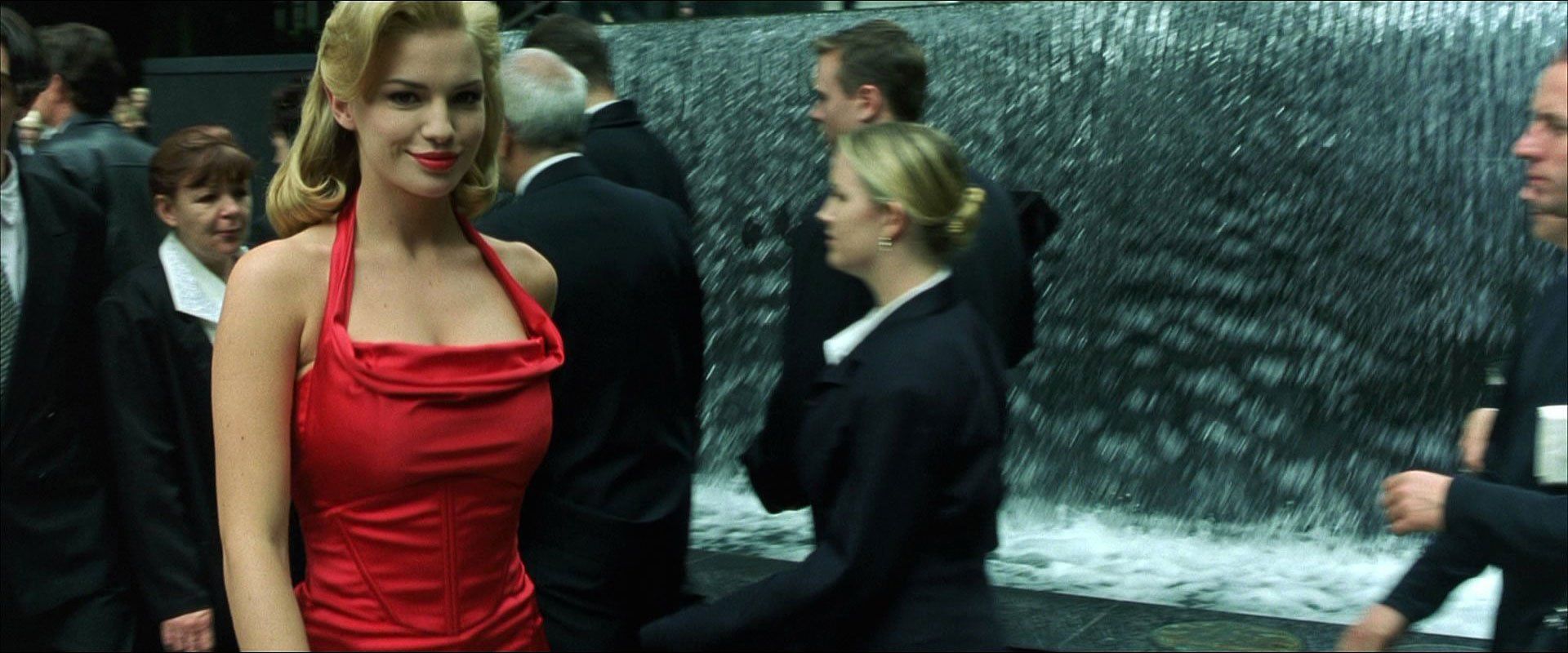
The point of the Woman in Red was to show Neo how easily distracted we can be, as well as how the material world can distract us with its beauty. However, this message was lost on a lot of the crew members who would ogle actress Fiona Johnson as soon as she'd leave her trailer. They weren't nearly as bad as some of the citizens of Sydney passing by the set.
Although the Woman in Red was meant to distract Neo, she ended up distracting a driver who parked under a giant roller door.
The door ended up coming down on his roof, causing damage to the car. The crew joked that he would have had a hard time explaining the damage to his wife when he got home.
12 Keanu Shared His Money With The Crew
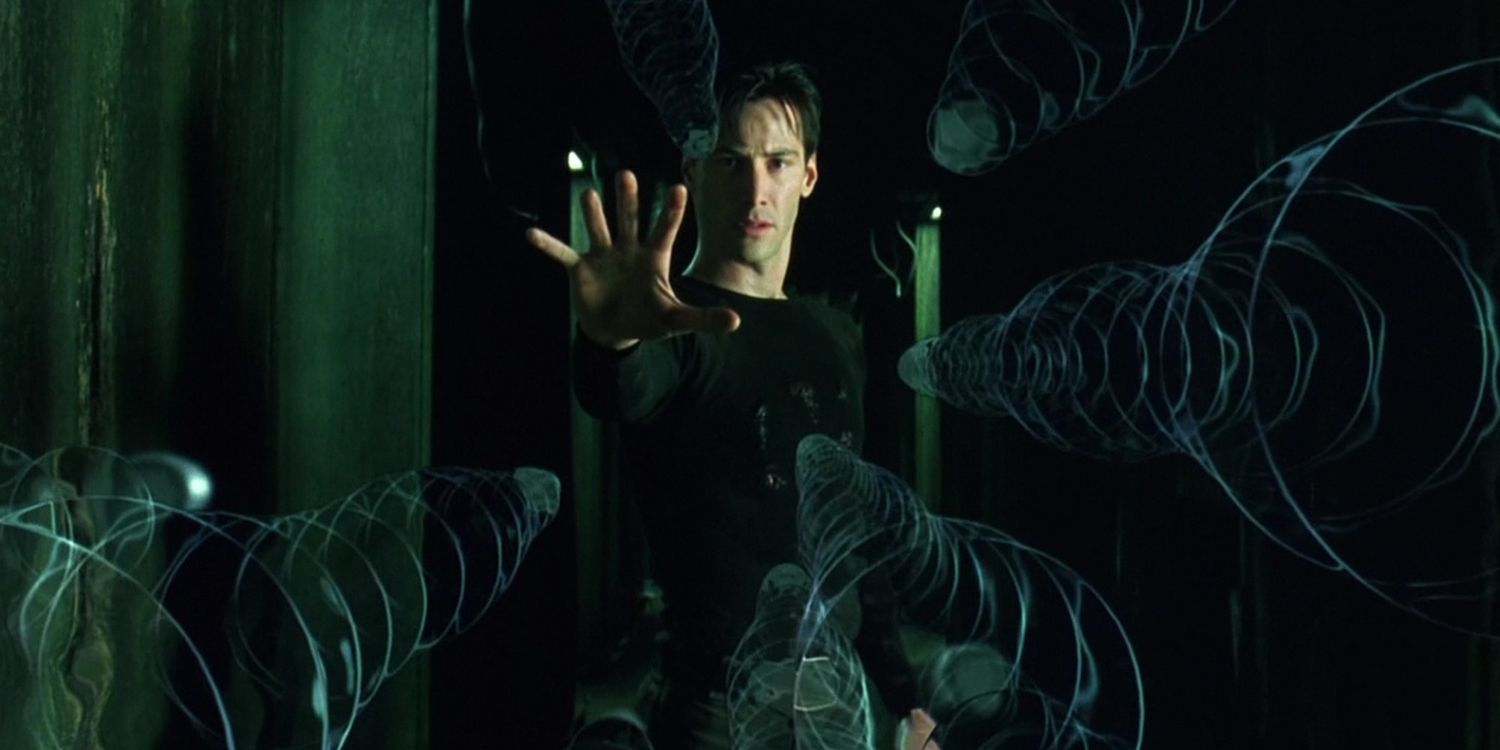
This story proves that Keanu Reeves may just be one of the nicest guys in Hollywood. Although it's true that Reeves gave away a substantial amount of his Matrix earnings, the number has been misrepresented in the past. In reality, he signed over some of his rights from the first film to the stunt team, costume designers, and the special effects crew while shooting Matrix Reloaded.
This means that he signed over his potential earnings to them forever, as these rights don't go away after the movie is made. Reeves still made his enormous actors fees, as well as retained some of his backend, but he clearly felt that the crew deserved more. In any case, this was an extraordinarily nice way to acknowledge them.
11 The Script Sat In Limbo For Years

One of the most frustrating parts of moviemaking is that things never go as fast as the filmmakers would like. In reality, movies take a long time to make. Not only are there creative reasons for this, but studios need to be extra sure where they're investing their money. This is precisely why the screenplay for The Matrix sat in limbo for years.
Producers couldn't get their minds around the themes explored in the story, as well as the incredible visuals.
In fact, they thought it all was an impossible dream. The Wachowskis were insistent that they knew what they were doing. Eventually, their other projects gave the studio confidence in them, making them willing to take a chance on The Matrix.
10 Hugo Had To Stop Training Due To An Injury

All of the actors were injured at some point during the shooting of the film. Hugo Weaving ended up cracking his ribs while shooting a fight scene with Lawrence Fishburne. The Lord of the Rings star also had a serious injury while training for the film as well.
On the second day of training, Weaving was sure that he had done something to his hip. He went to see a doctor who told him he had a problem with his bone marrow that must have been triggered by the physical activity. Weaving was forced to have an operation and was on crutches for a full six weeks. He also was semi-conscious for the operation so he ended up watching it.
9 The Helicopter Crash Was Almost Cut
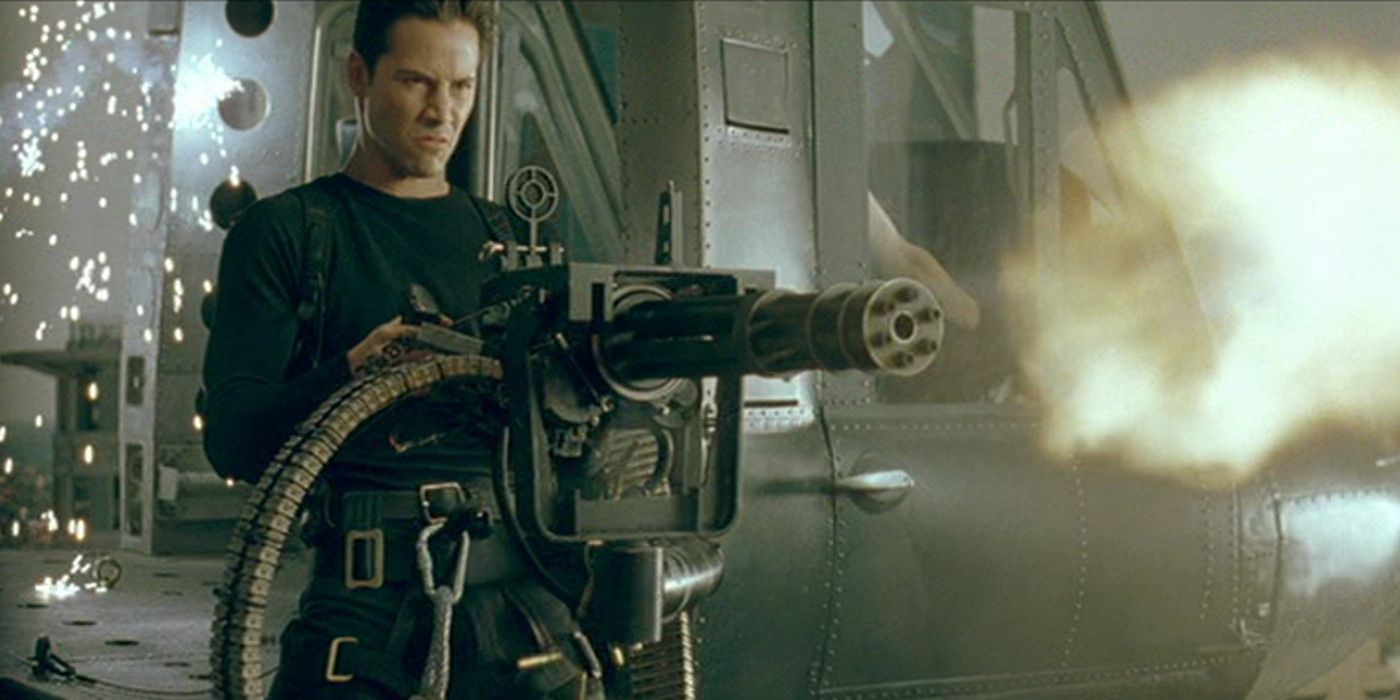
Before the final battle between Agent Smith and Neo, he and Trinity rescue Morpheus from a high-rise within the Matrix. They do this by flying a helicopter alongside it and blasting out the windows. Eventually, the helicopter crashes into the side of the building sending glass and flames everywhere. It took the Wachowskis and their team a considerable amount of effort, time, and money to pull this sequence off. The planning for this started early, causing the studio to want to take the moment out.
The studio didn't think they needed to spend the money on such a big action scene since the final battle was yet to come.
The filmmakers were adamant about it and won the disagreement.
8 An Animatronic Neo Was Made
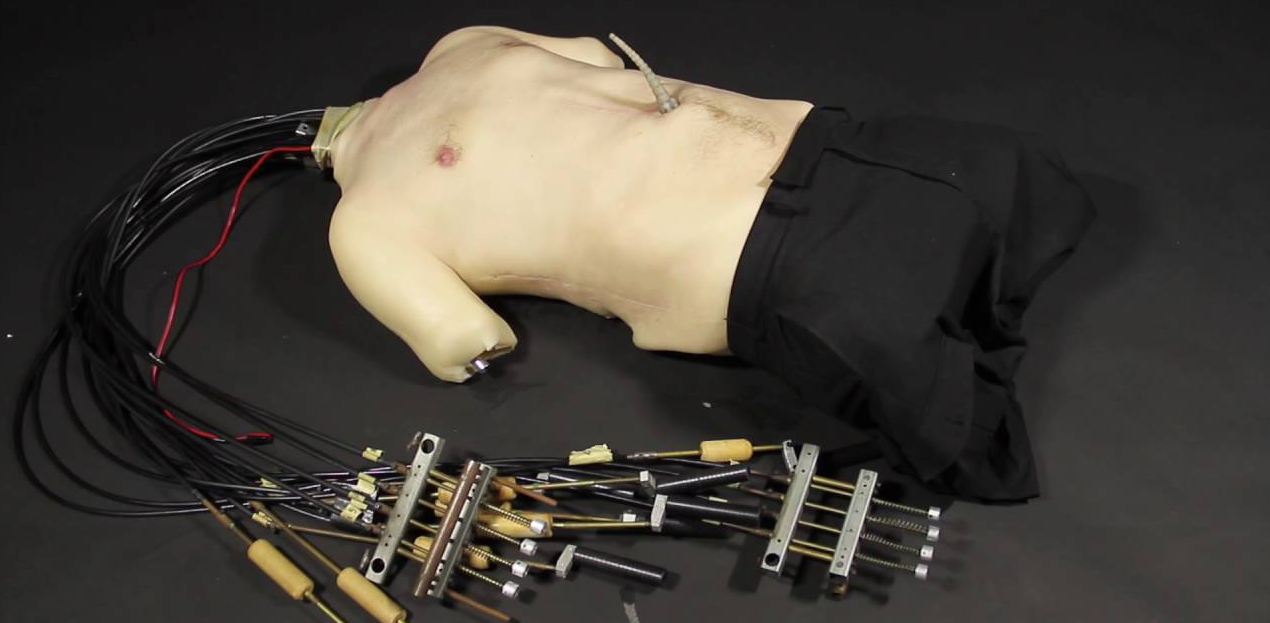
The Wachowskis wanted to use practical effects whenever they could. This meant that even the more grotesque scenes had to physically be brought to life. One such scene was when the agent's bug was inserted and extracted from neo's stomach.
In order to do this, a cast was made of Keanu Reeve's torso. It was then detailed and painted carefully. Since it was to be featured in an extreme close-up, they had to be sure that it appeared human. An animatronic bug, similar to the machines used in Jurassic Park, was then constructed and placed inside the stomach of the dummy. The bug was operated remotely, which made it look like it was wiggling around inside Neo's body. This footage was mixed with the CGI bug that was used as the agents dropped it onto him.
7 Jada Pinkett-Smith Lost The Trinity Role
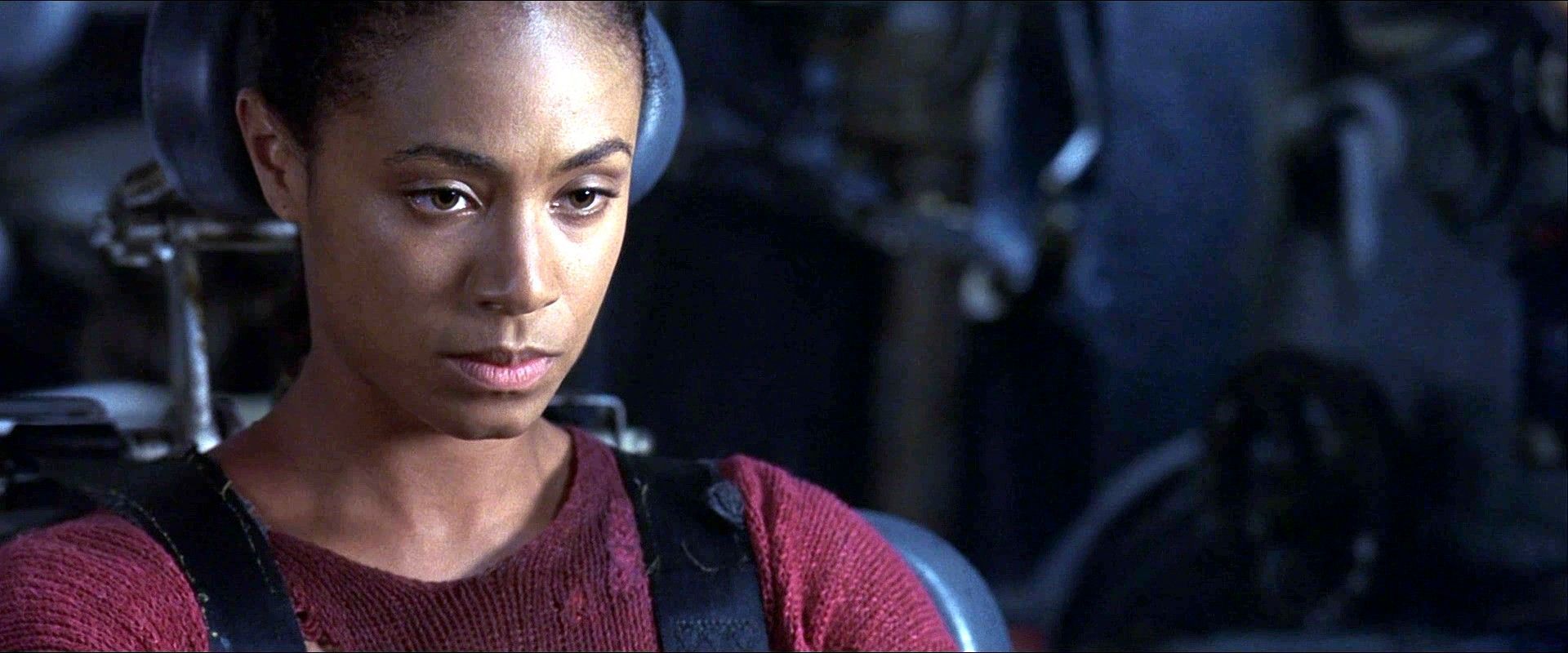
Although Will Smith turned down the role of Neo, his wife, Jada Pinkett-Smith, actually lost the role of Trinity. Smith explained to Howard Stern and Robin Quivers on The Howard Stern Show that she was enthralled with the script and designs that Wachowskis had shown her, even though Will wasn't. The Wachowskis liked her enthusiasm and her abilities so they asked her to come in and read with Reeves.
Unfortunately, she had no chemistry with Reeves.
The lack of a spark between the two actors lost her the leading role of Trinity, but the Wachowskis loved her so much that they created Reloaded and Revolutions' Niobe just for her. Smith claimed that this was more than worth it and was thrilled for Carrie-Anne Moss, who was better suited for the role.
6 The Crawl-Space Scene Was Done Practically

Among the many practical sets created for The Matrix was the claustrophobic crawl-space that the heroes have to hide in to avoid the agents. The set was a very tall and equally narrow contraption that the actors were harnessed onto. They then had to silently crawl down the shaft, careful not to step on their castmates. Cameras on cranes would then move both up and down without breaking the shot. This created a very unique look to a scene already rippling with tension.
When the agents found them, and Morpheus bursts out of the wall, the remaining characters have to slide down the shaft at break speed. This was all done practically as well. This meant that their wires would drop them while splinters of wood shattered around them.
5 Carrie-Anne Was Protective Of The Wachowskis

The Wachowskis are notoriously private. This made things complicated for the press who wanted to ask them questions about The Matrix. Essentially, they wanted to know everything about the filmmaking process, their decisions, and even their personal lives.
The press' desires didn't change the Wachowskis minds, so it's a good thing that they had Carrie-Anne Moss to go to bat for them.
Moss, who currently stars on Netflix's Jessica Jones and runs Annapurna Living, a yoga, meditation, and lifestyle brand, was fiercely protective of her directors. She even told the press that she wouldn't give them anything on the Wachowskis. This is because they had given her an enormously important job, as well as treated her with respect.
4 They Upped The Greens and Took Out The Blues
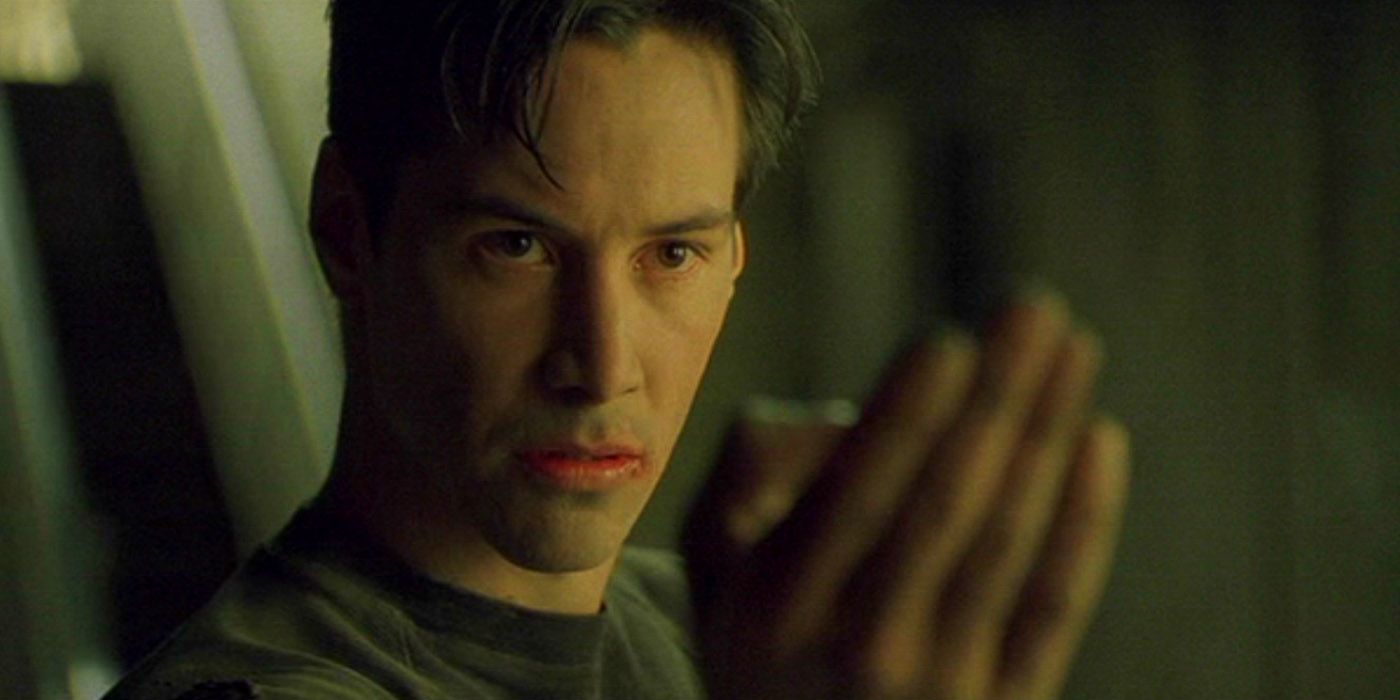
Much of the visual style of The Matrix was influenced by Frank Miller's Sin City. The Wachowskis, as well as their director of photography, Bill Pope, wanted to exaggerate reality, and draw eyes into strange locations. They also wanted the world of the Matrix and the real-world to have very distinct color pallets.
Everything inside the Matrix needed to look somewhat sick and unappealing.
Therefore, all of the greens were greatly exaggerated in the shots. Sometimes, they'd even use green camera filters. All of the blues, even in the sky, were taken out. What was left were overexposed white skies that felt unnatural. The real world, on the other hand, was doused in blues and kept really dark, as that was supposed to look ugly as well.
3 Most Of The Sets Were Built From Scratch
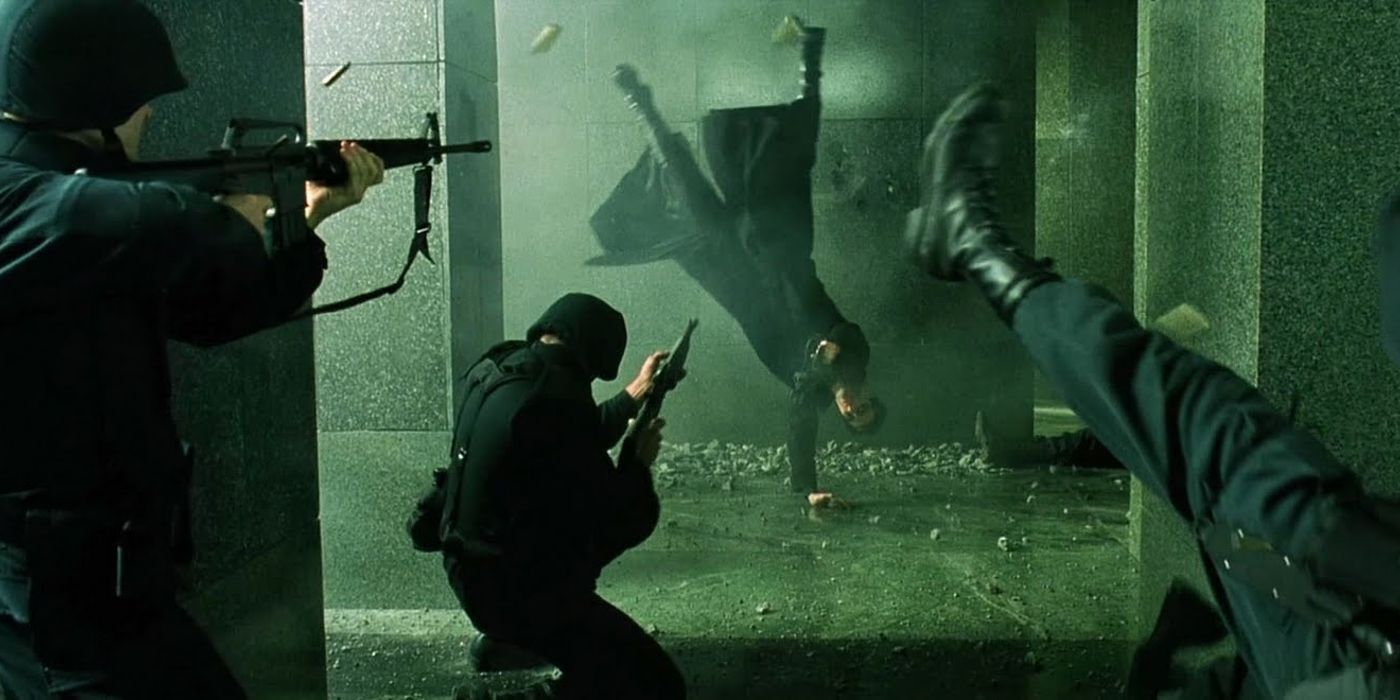
There were many advantages to building most of the sets from scratch. Firstly, the cast and crew could riddle them with bullets as well as smash them to pieces and simply rebuild them for the next take. They didn't need to worry about damaging anything. Additionally, it gave them complete control over temperature, lighting, and other logistics.
Most importantly, these sets immersed the audience in the film, in a way that excessive green screen wouldn't have been able to. The actors were able to physically interact with the space they were in, as well as cast natural shadows over it. Production Designer Owen Patterson was tasked with creating a total of 30 different sets for the film, all of which added to the credibility and realism of the movie.
2 Wo Ping Originally Didn't Want To Do The Fight Choreography
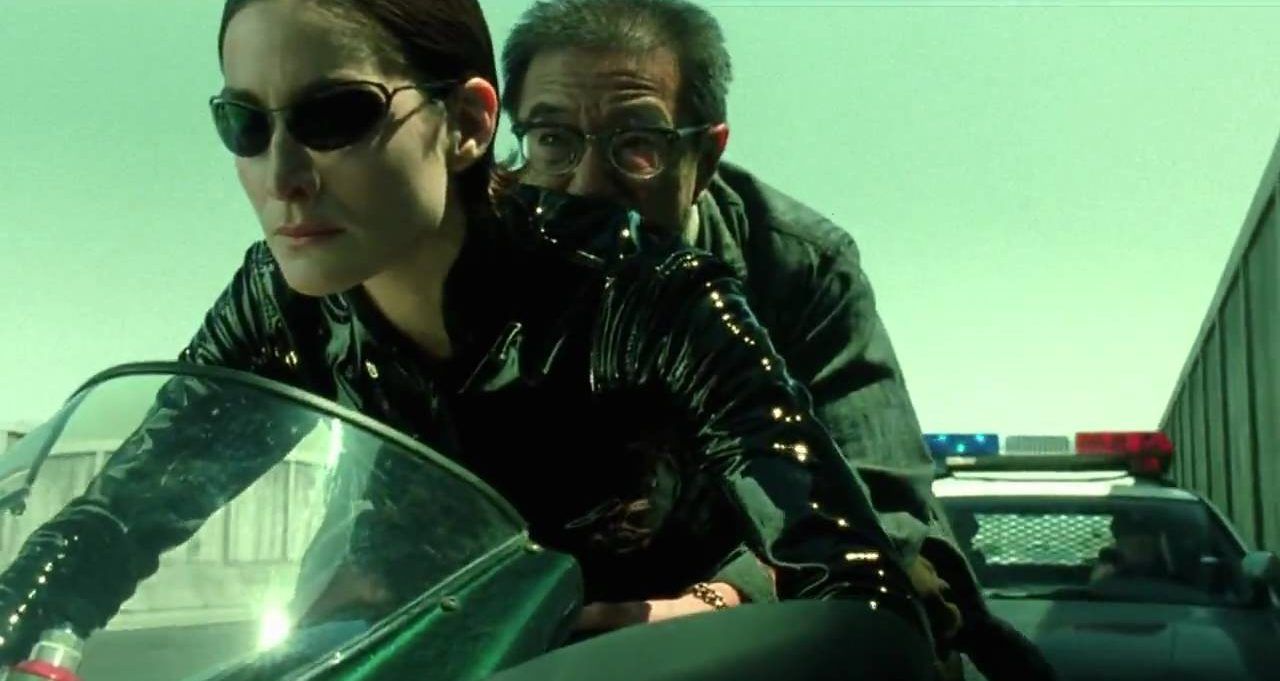
Woo-Ping Yuen is one of the most prolific martial arts trainers on the planet. Before The Matrix, he was responsible for training actors for countless Chinese action films such as Fist of Legend. When Warner Bros. and the Wachowskis asked him to train the cast of The Matrix and design the fight choreography, he wasn't interested.
This was a major disappointment for the Wachowskis, as their film was heavily influenced by Hong Kong action due to the grace of their wire-work, long takes, and wider angles. The Wachowskis were persistent about getting Yuen. At the end of the day, the script was what convinced him. Yuen has gone on to work on many Chinese action films, as well as Ip Man, Crouching Tiger, Hidden Dragon, and Quentin Tarantino's films.
1 The Wachowskis Vision Was Precise

Directors Lily and Lana Wachowsk eventually explained just how detail-oriented they were when making The Matrix. The pair spent the better part of a decade writing and refining their idea before getting the go-ahead to create a 600-page shot-for-shot comic-book of the film. This was an initial test from Warner Bros. who weren't sure if the siblings could direct their masterful script themselves.
This insanely intricate storyboard comic book allowed them to figure out every design detail for the film.
Essentially, these auteurs had time to both perfect their story, theme, and character specifics, as well as the stylistic tone and design of the film. Thus, they were incredibly clear when executing their complex vision.
---
What do you think is the craziest detail about the making of The Matrix? Let us know in the comments!
from ScreenRant - Feed https://ift.tt/2CTaLjH

0 Comments